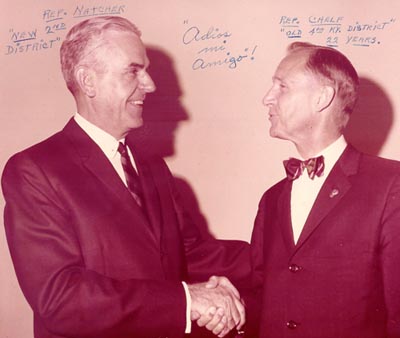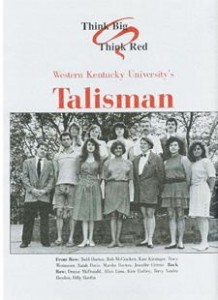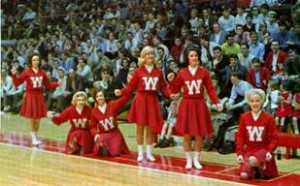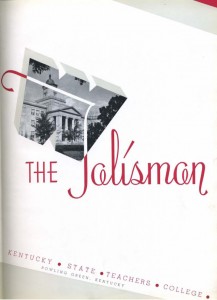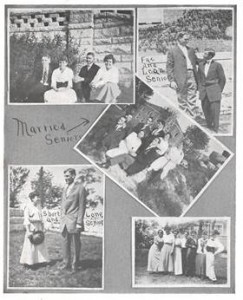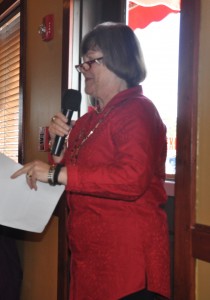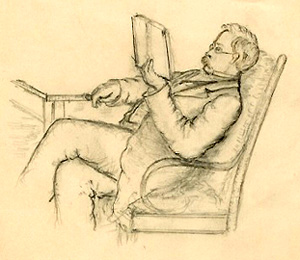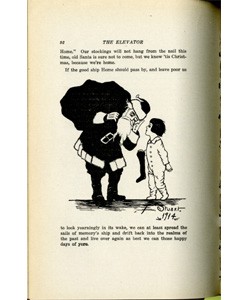Since the first tourist tract written by Alexander Clark Bullitt in 1844, it seemed everyone wanted to visit the “Mammoth Cave.” He considered such a visit an almost spiritual pilgrimage. “Awe and apprehension soon yield to the influence of the delicious air; and after a time a certain jocund feeling is found mingled with the deepest impressions of sublimity. I recommend all broken-hearted lovers and dyspeptic dandies to carry their complaints to the Mammoth Cave, where they will undoubtedly find themselves ‘translated’ into very buxom and happy persons.”
Mammoth Cave is the country’s 26th national park and contains almost 60,000 acres of land in South Central, KY. But, the entire region, because of our 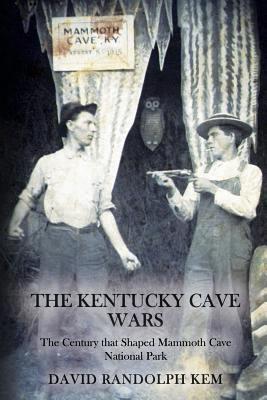 karst topography is riddled with caves. This push for visitors lead to one of the most interesting parts of Mammoth Cave history. It was the period known as the “Kentucky Cave Wars.” It was a time when local cave owners used devious advertising and other illegal means to lure tourists to their underground treasures and away from the “real” cave. They did this impersonating rangers and flagging travelers off the road before they could reach the cave and national park. A recent book by David Kem, The Kentucky Cave Wars: The Century That Shaped Mammoth Cave National Park, delves into this time by “telling the story of Mammoth Cave’s greatest competitors in the late nineteenth and early twentieth centuries. From the death of Dr. Croghan and the first competitors popping up in Cave Country, to the national park’s creation and beyond, more than a century of fighting for tourist dollars shaped the decisions in and around the famous cave.” Kem used several photographs and other illustrative materials from the Kentucky Library Research Collections to illustrate his new book. Find materials about the cave and other subjects in the Department of Library Special Collections by searching TopSCHOLAR and KenCat or request more information from spcol@wku.edu.
karst topography is riddled with caves. This push for visitors lead to one of the most interesting parts of Mammoth Cave history. It was the period known as the “Kentucky Cave Wars.” It was a time when local cave owners used devious advertising and other illegal means to lure tourists to their underground treasures and away from the “real” cave. They did this impersonating rangers and flagging travelers off the road before they could reach the cave and national park. A recent book by David Kem, The Kentucky Cave Wars: The Century That Shaped Mammoth Cave National Park, delves into this time by “telling the story of Mammoth Cave’s greatest competitors in the late nineteenth and early twentieth centuries. From the death of Dr. Croghan and the first competitors popping up in Cave Country, to the national park’s creation and beyond, more than a century of fighting for tourist dollars shaped the decisions in and around the famous cave.” Kem used several photographs and other illustrative materials from the Kentucky Library Research Collections to illustrate his new book. Find materials about the cave and other subjects in the Department of Library Special Collections by searching TopSCHOLAR and KenCat or request more information from spcol@wku.edu.

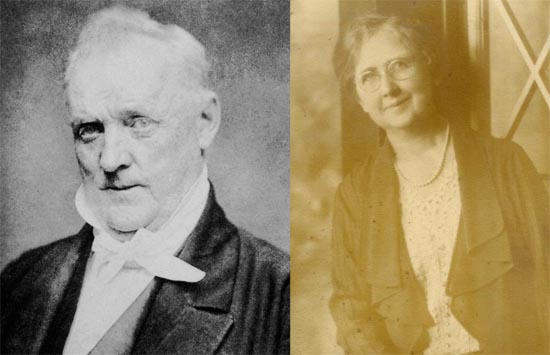

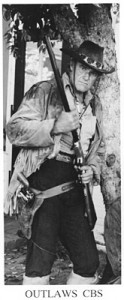 Charles Napier is pictured here as Captain Striker in 1984, click on the image to visit the official Charles Napier website, which includes images of his watercolor paintings.
Charles Napier is pictured here as Captain Striker in 1984, click on the image to visit the official Charles Napier website, which includes images of his watercolor paintings.